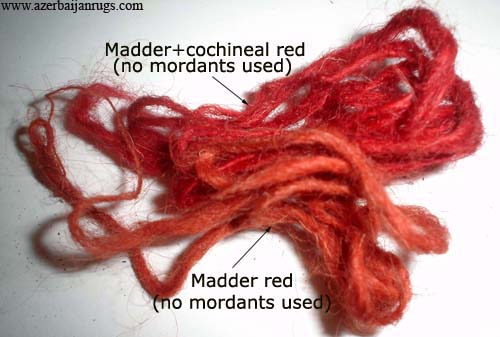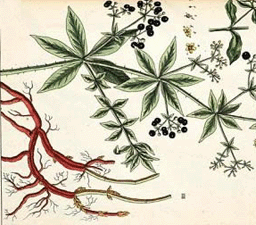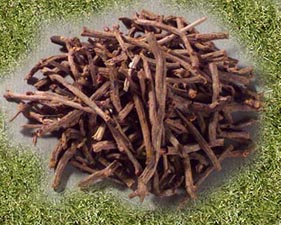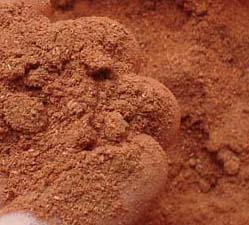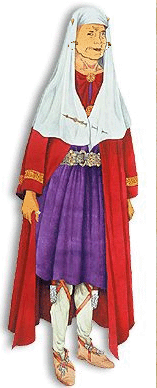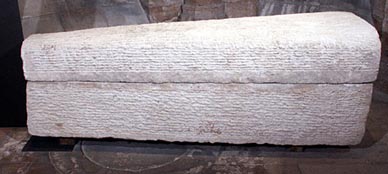|
Madder,
once the most
valuable dye plant in Azerbaijan and
the world. It is found (as Rubia tinctorum L) in Azerbaijan in the Greater
Caucasian Mountains, in Absheron peninsular, in Kur (Kura)-Araz (Aras),
Lenkaran (Lenkoran) lowlands, in Ganykh-Agrichay valley, also in Nakhchyvan.
It is common at the foot of mountains, on riversides, along the fences in
villages and also in weedy areas. There is also another kind of madder
growing in Azerbaijan, which is called Rubia iberica Fisch.
Madder is a low creeping
plant that will cover an area of ground quite quickly. It does not need a
great deal of looking after apart from the occasional weeding. The plant
matures at 5 years old. The flowers are small and yellow/green in colour.
The berries are dark when ripe and can be used as seed stock to multiply the
crop.
All parts of
the madder plant contain dye substance the pigment, alizarin (The
word alizarin ultimately derives from the Arabic al-usara,
juice), but the roots
have the largest concentration. The plant should be pulled from the ground
after loosening the soil. The leaves can then be stripped of the plant and
the roots put in a sheltered place to dry out. At least two years old dried
roots should be used. When the roots are dry, it is
ground up into a powder. The powder produced bright red color if it is
soaked overnight, then steeped briefly at around 65 degrees centigrade
(150°F). It also yields the so-called "second red," which is the color of
cantaloupe flesh. For the first red, the wet, mordanted yarn is gently
"cooked" below a simmer till the dyer sees the color he wants; then it is
carefully rinsed in water containing oak ash - whose alkalinity brightens
the color - and dried. The dye is fixed to the cloth with help of a mordants.
Dyeing without any mordant will give us brownish brick red color.
The size and age of the root can change the resultant color. The smaller and
younger root produce a red that tends towards pink in hue. Older and larger
root produces a much browner red.
Mordants >> Colors
alum+madder=red, deep red
copper+madder=brighter red
tin+madder=red
The bright clear red color of some antique Karabagh (Shusha) and so called
Dragon rugs of Azerbaijan were dyed with madder mordanted with tin.
|
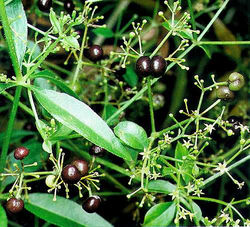
Rubia
tinctorum L.
|


